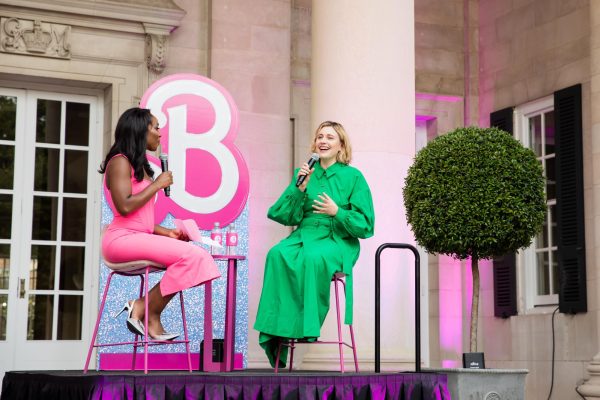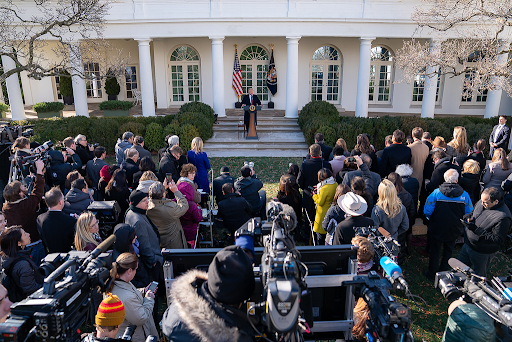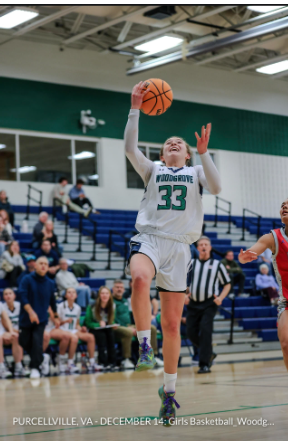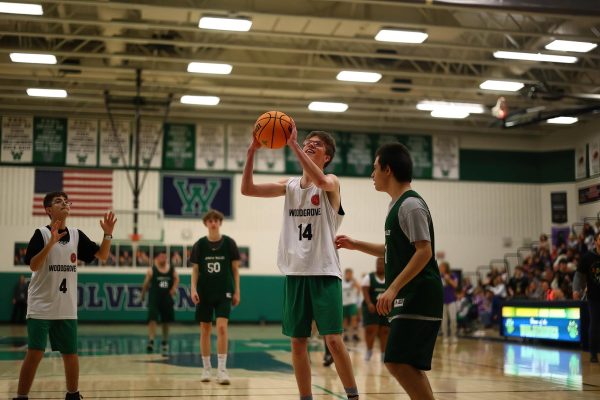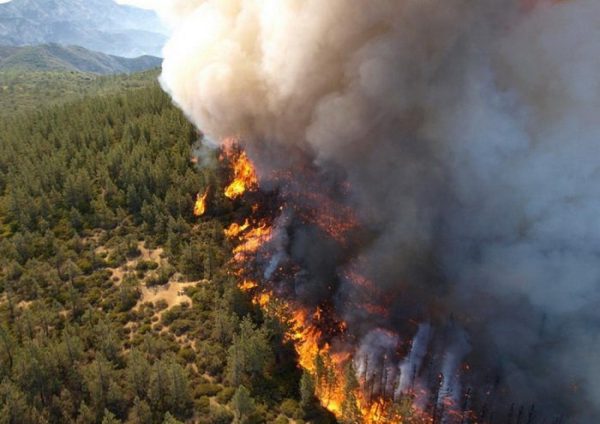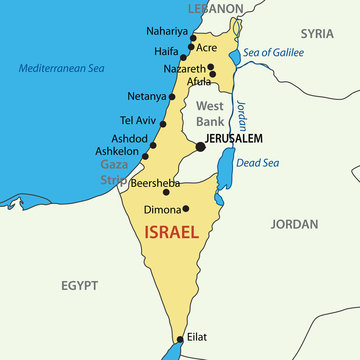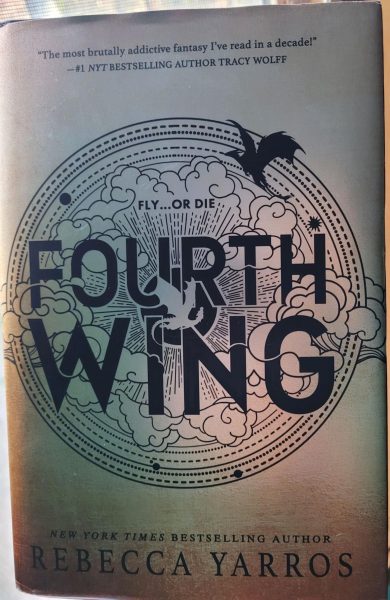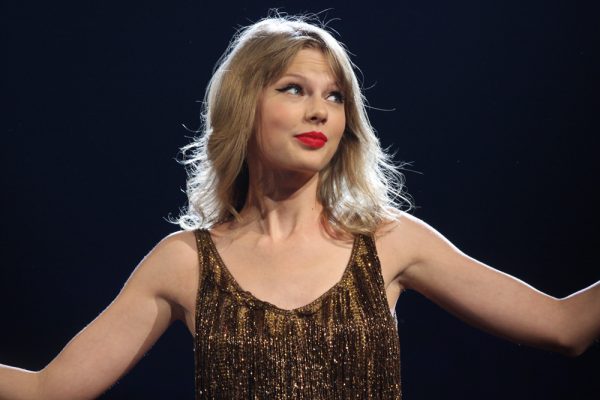High School Censorship
Students across the U.S have been fighting for First Amendment rights for decades.
In 1969, three students, Mary Beth Tinker, John Tinker, and Christopher Erkhardt, were suspended from Des Moines Independent Community School for wearing banned black armbands as a form of protest against the Vietnam War. At the end of the year, the students filed a lawsuit and launched the famous Tinker v. Des Moines Independent Community School case that made its way to the Supreme Court. The Court ruled that students have the right to voice their opinion as long as it doesn’t interfere with education.
On the flip side, in the1980s Supreme Court case Bethel School District No. 403 v. Fraser, former high school student Michael Fraser was suspended for giving a lewd speech at a student council campaign. He sued his school for violation of his First Amendment rights. The Supreme Court ruled in favor of the school, declaring that students have the right to voice their opinions, they must not do so in a vulgar way that is deemed as socially unacceptable.
Finally, in 1988, the case Hazelwood v. Kuhlmeirer arose after two Missouri high school students sued their school for censoring their school newspaper stories about teen pregnancy and divorce. The school principal deleted these stories from the issue before it went to print without alerting the students because the content was not suitable for a younger audience. The Supreme Court ruled in favor of the principal, declaring that if the paper is sponsored and funded by the school, then the administration has the right to censor anything they see as inappropriate content.
Several states since that 1988 ruling have created their own laws that give student journalists more freedom. In 2020, the Virginia House of Representatives and Senate passed title 23.1- 401.2. Student Journalist: Freedom of Speech and the Press. The law states that student journalists are granted their freedom of speech and press as long as it isn’t seen as slanderous, an invasion of privacy, a violation of any federal or state law, or encourages others to partake in a dangerous activity.
The fight for students’ First Amendment freedoms is still being fought, though many improvements have been made throughout the years.
Your donation will support the student journalists of Woodgrove High School. Your contribution will allow us to purchase equipment, attend conferences, and cover our annual printing and website hosting costs.



